SLD配置
1.1 SLD工作台登录
登录PO DEV首页:http://IP:50000/dir/start/index.jsp

输入账号密码
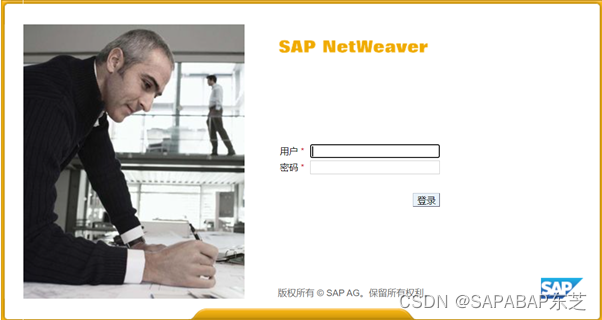
进入PO SLD配置工作台

1.2 创建SAP 对应的SLD对象
SAP相关使用ABAP栈的系统根据以下方式创建。
1.2.1创建SAP对应product以及Software Component
每个系统,产品只需要创建一次,技术系统和业务系统根据D/Q/P环境会创建三次。
点击“产品”;

点击“新建”;

点击“创建新产品和版本”,点击“下一步”;
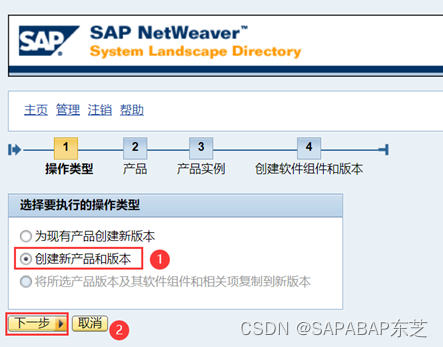
输入产品名称、产品供应商和产品版本,点击“下一步”;
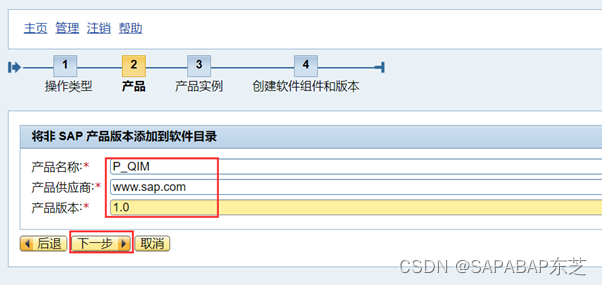
输入产品实例名称,点击“下一步”;
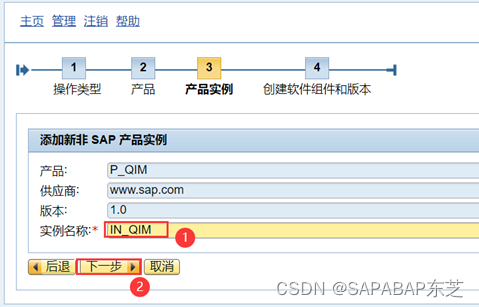
输入软件组件名称及版本,点击“完成”;

软件组件版本也可单独创建,在此不赘述。
1.2.2 创建SAP的Technical System
1.2.2.1 查看PO系统网关
在SLD配置工作台主页,点击“管理”;

点击“详细信息”;
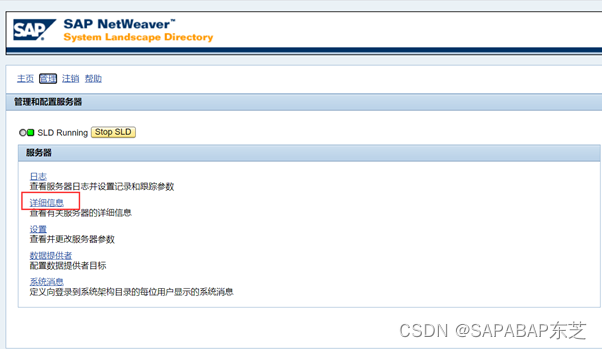
在“数据提供者”页签获取到参数getway host 和 port;
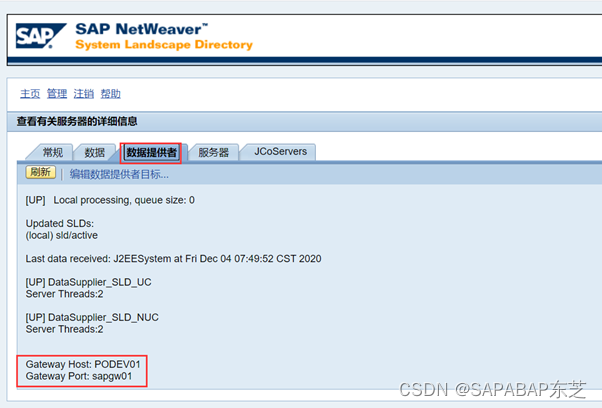
1.2.2.2 注册SAP系统到PO(D/Q/P系统都先注册到PO DEV,在通过传输设置传输到Q/P)
登录SAP相应的系统,执行事务代码RZ70;

输入PO的getway host IP和 port。执行;

如下图所示,即为注册成功;

1.2.2.3 查看SAP是否注册到PO
回到PO SLD配置工作台主页,点击“技术系统”;

可以看到,已经存在相应的技术系统。

之后给技术系统分配产品。选中该系统,点击“安装的软件”页签,点击“添加新产品”按钮;
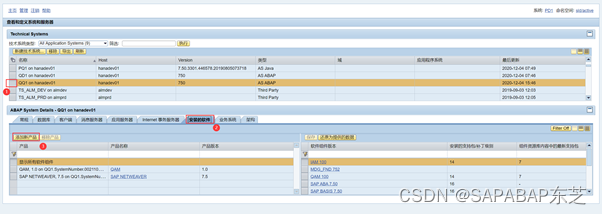
找到之前创建的产品,选中产品,勾选所有组件,点击“保存”;

1.2.3 创建SAP的业务系统
回到PO SLD配置工作台主页,点击“业务系统”;

点击“新建业务系统”;

选择“AS ABAP”,点击“下一步”;

选择系统、客户端以及URL改成other,点击“下一步”;
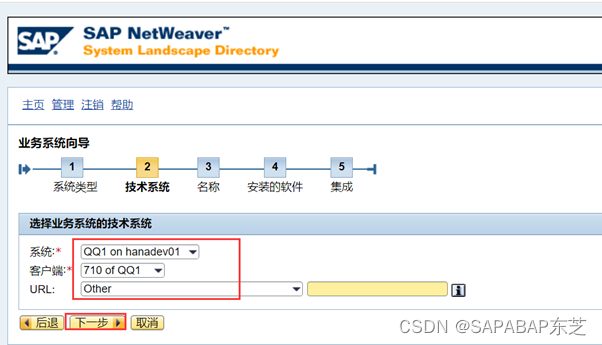
输入业务系统名称,点击“下一步”;

点击“下一步”;

选择集成服务器(Q选PQ1,D选PD1),点击“完成”;
2.1 配置传输目标
回到PO SLD配置工作台主页,点击“业务系统”;

首先,确认Q系统的集成服务器为PQ1,传输组为GP_QAS;
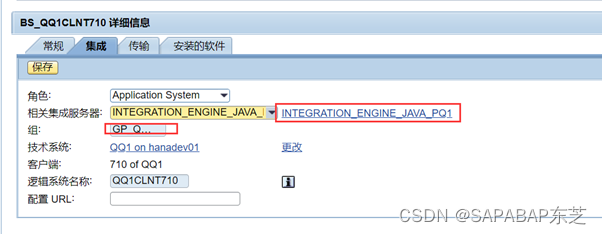
选中要传输的Q系统对应的D系统,点击“添加/更改目标”,在随后弹出的窗口选择组和目标,点击“确定”;

2.2 同步传输
转到PO QAS的SLD管理工作台主页,点击“管理”,“同步”;

点击“完全同步”;

点击“OK”;

回到技术系统和业务系统页签,可以看到已经传输成功;
技术系统:

业务系统:

传输到P的话,上述步骤完全一致。将SAP PRD的系统传到Q之后,在修改其传输组和集成服务器,然后在传输到P。
- 传输
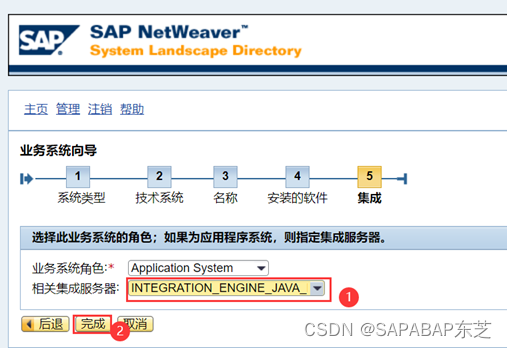
- SLD配置






















 1万+
1万+











 被折叠的 条评论
为什么被折叠?
被折叠的 条评论
为什么被折叠?










